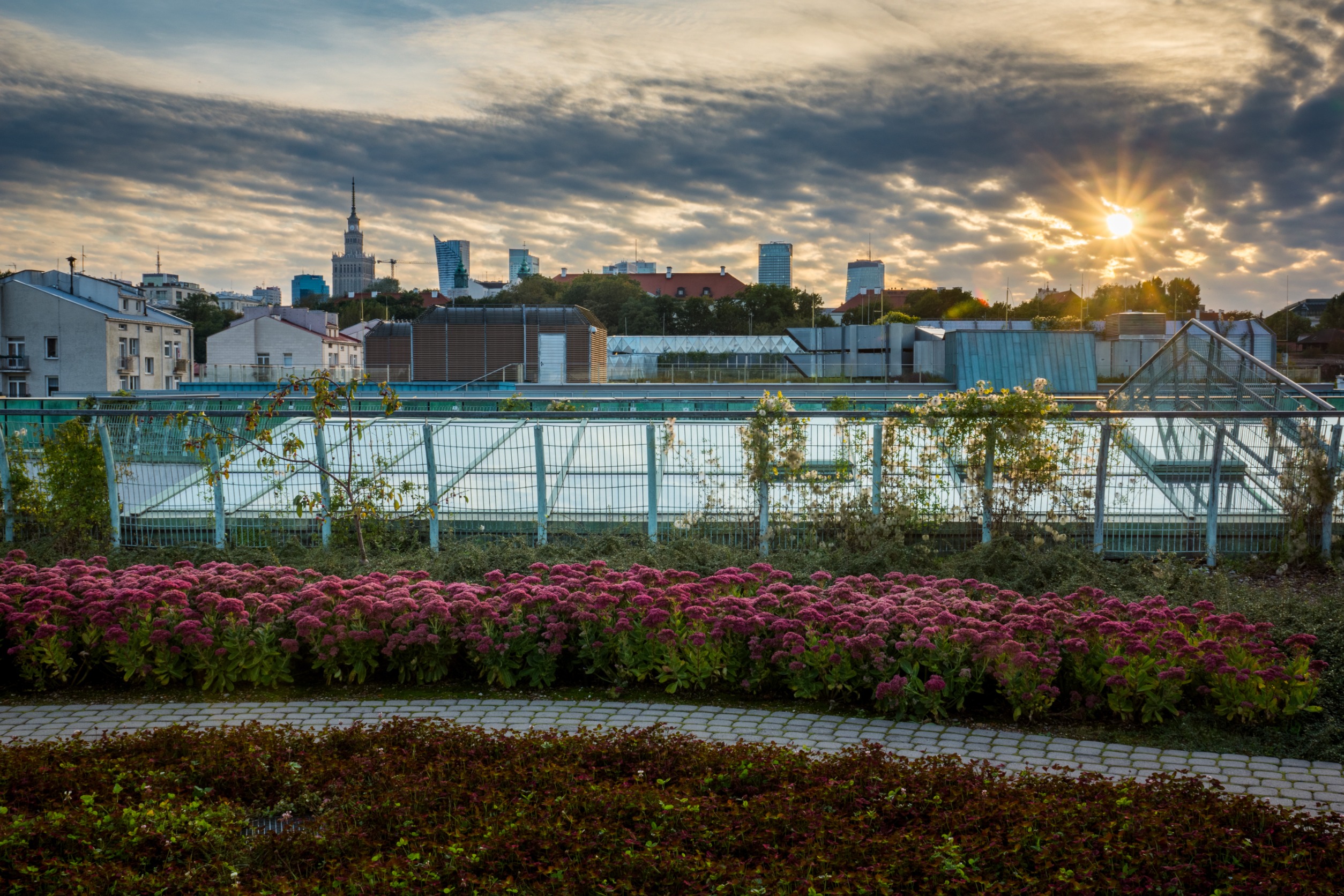Urban farming is becoming popular as rooftop farming involves the practice of agriculture on rooftops. It becomes more urgent to start thinking about ways of effective and environmentally sound food production as the territories of our cities grow and accessible green zones shrink.
Therefore, rooftop farming can be understood as the solution to this need as it has many benefits. However, the bad use of typography has some problems, too. Indeed, in this article, we will explain and discuss the numerous benefits and challenges of rooftop farming in urban settings.
Benefits of Rooftop Farming
1. Maximizing Space Efficiency
Another factor we see is that applying rooftop farming is particularly advantageous in heavily populated areas where the availability of land is limited. It becomes possible to optimize the space and significantly increase the area of green and agricultural zones if one turns roofs into a farm.
2. Improving Air Quality
Some of these include the fact that plants are air filters in that they contain chlorophyll that aids in purging the interior air. They use carbon dioxide and produce oxygen through the process called photosynthesis. Indeed, plants will reduce emissions by adding plants, especially through rooftop farming in urban areas, improving air quality.
This is especially the case given that air pollution is a key health risk factor for populations living in most cities.
3. Reducing Urban Heat Island Effect
Cities are particularly vulnerable to the heat island effect whereby infrastructure such as concrete and asphalt congratulate heat in the city areas. Rooftop farms have a cooling urban effect by offering a layer of plant cover aged the roofs. This not only increases the comfort of the city, but it can also decrease the amount of energy used to cool edifices.
4. Promoting Food Security
With the increasing population of the world, which is forecasted to exceed nine point seven billion by the year 2050, food insecurity is real. Green roofs also produce local food; many city inhabitants depend on imported food, which is a way of feeding them.
This creates employment, which leads to different producers being able to feed the nation, thus making the food producers chain more reliable.
5. Promoting Mental Health and Health of the Society
Several works assert that gardening is beneficial for the mental health of individuals. Growing plants, fresh air, and natural scenery have a soothing effect on people, making rooftop farms perceptive to providing green rugby.
In addition, such spaces enhance the social functions of the community in that they act as convergence areas for people to interact, therefore enhancing the unity of the community.
6. Promoting Sustainable Activity
Some green practices used in implementing urban agriculture, especially on the rooftop, include rainwater conservation, composting, and organic farming. They help to decrease the pollution level of production, which is important in establishing a better way of living in a fast-growing city.
7. Boosting Local Economy
Since they encourage the production of foods locally, rooftop farming assists in supporting the local economy. Farmers, markets, and local grocers receive fresh produce, and employment is produced in urban agriculture.
Challenges of Rooftop Farming
1. Structural Limitations
One of the main issues that must be overcome with the implementation of rooftop farming is that of structure capacities, specifically, the ability of structures to hold the weight of soil, water, and plants. Not all rooftops can support this load, and increasing the building envelope involves additional costs.
2. Initial Costs and Investment
It can be seen that most of the buildings built in urban areas are aimed at having a rooftop farm from the ground up, which entails higher start-up costs. They can involve structural surveys, new types of courtesy, soils, watering systems, and/or shrubberies.
What might be less obvious is that although the long-term benefits accruing from this form of schooling are huge, some initial costs prove a put-off for most.
3. Maintenance and Management
The plants grown in the rooftop farms need to be watered, pruned, weeded, or staked, and this need can occur frequently. This ranges from watering, pruning, pest control, and harvesting flowers or fruits from plants. However, urban people, for instance, may lack the time or even experience required in any of these exercises.
4. Weather and Climate Challenges
Roofs of urban buildings are subjected to high-velocity wind, ultra-violet radiation, heat and sunlight, and powerful rains. Some of these conditions can be hard to shield plants from, and in the process, one may need to invest in items such as wind barriers and shades.
5. Access and Safety Concerns
Physical accessibility of rooftop farms may be highly limited, especially in tall buildings or those where rooftop access is rare. Other liberties, such as the risk of falling, pose designer safety challenges that must be tackled adequately.
6. Legal and Regulatory Hurdles
Urban agriculture is still regulated by laws governing urban land use, and this may differ from one city to another. It is difficult to understand these regulations and get all the permits needed for further work without spending much time.
7. Pest and Disease Management
It is also important to note that pests and diseases may be common in urban settings that favor plant growth. Dealing with these related complications in a rooftop environment where most pest control measures could be difficult to implement poses a big challenge.
Conclusion
Rooftop farming can be considered a groundbreaking concept with the capacity to revolutionize the geographical space of urban areas by possibly generating a sustainable green environment.
The benefits are clear: This range includes better air conditions, better food supply, better alleviation of developing heat islands, and better health standards for the people in communities.
But they must be recognized as real and currently hard to overcome. The. Setup challenges that require a solution when implementing and sustaining rooftop farming include structural constraints, costs, and regulatory considerations.

